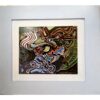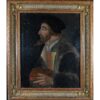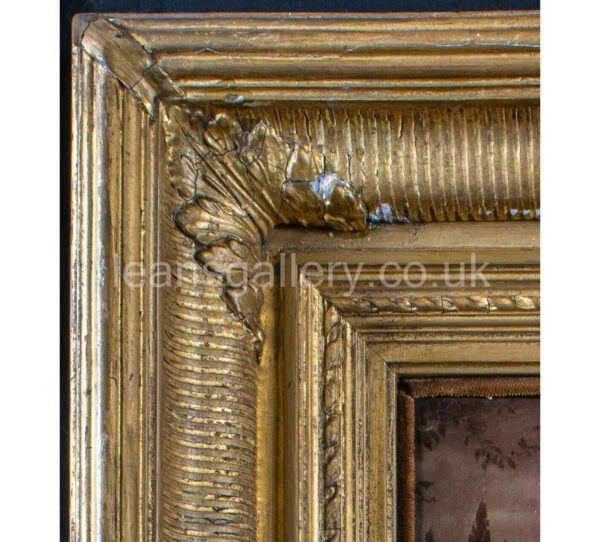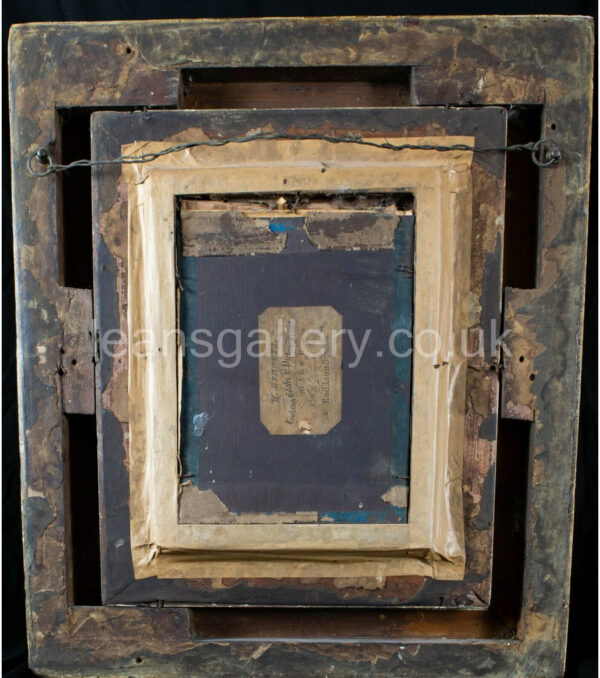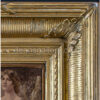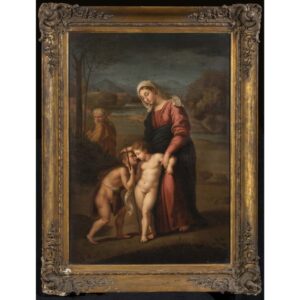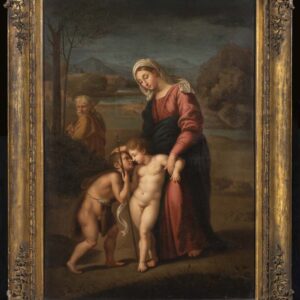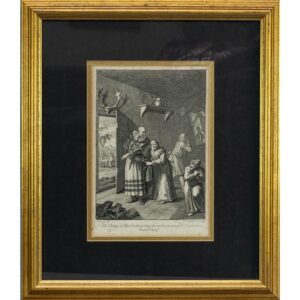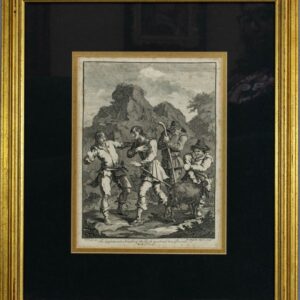Antique Chrystoleagram Lady with fruit Tray Gilt Framed
£155
Timeless Elegance: Gilded Lady with Fruit Still Life
This captivating late 19th-century crystoleagram depicts a charming lady holding a fruit plate, capturing a moment of grace and sophistication. The meticulous detail and soft light of the crystoleagram technique lend a timeless quality to the scene.
Description
Timeless Elegance: Gilded Lady with Fruit Still Life
This captivating late 19th-century crystoleagram depicts a charming lady holding a fruit plate, capturing a moment of grace and sophistication. The meticulous detail and soft light of the crystoleagram technique lend a timeless quality to the scene.
Highlights:
• Enchanting subject: The elegant lady and inviting fruit arrangement make this a visually captivating piece.
• Period charm: The late 19th-century provenance adds a touch of historical allure.
• Double the allure: The attractive gilt frame not only complements the artwork but is a work of art itself, further enhancing its presence.
• Velvet touch: The surrounding velvet frame adds a touch of luxury and depth.
Invest in a piece of history and charm your home with this captivating crystoleagram.
Size 50 x 44(W) and 9 cm thick frame
(19.5 x 17.5 w) 3.5-inch-thick frame
Overseas buyers, please contact for postage.
Most objects sold in our gallery are antiques, vintage or used, therefore they will show signs of being antique, vintage or used. There may be signs of scratches, discolouration, chips, cracks wear, tear, etc. Please see the photographs as they form part of the description. Customs and import duties are the buyer’s responsibility.
The chrystoleum process was a method of applying colour to an albumen print, popular from c. 1880 – c. 1910.
An albumen print was pasted face down to the inside of a concave piece of glass. Once the adhesive (usually starch paste or gelatin) was dry, the paper backing of the print was rubbed away, leaving only the transparent emulsion on the glass. The image was then coloured by hand, using oil paints. Another piece of glass was added to the back and this could also be coloured by hand. Both pieces of glass were bound together creating a detailed, albeit fragile, image. The process was derived from the 18th-century mezzotint process

